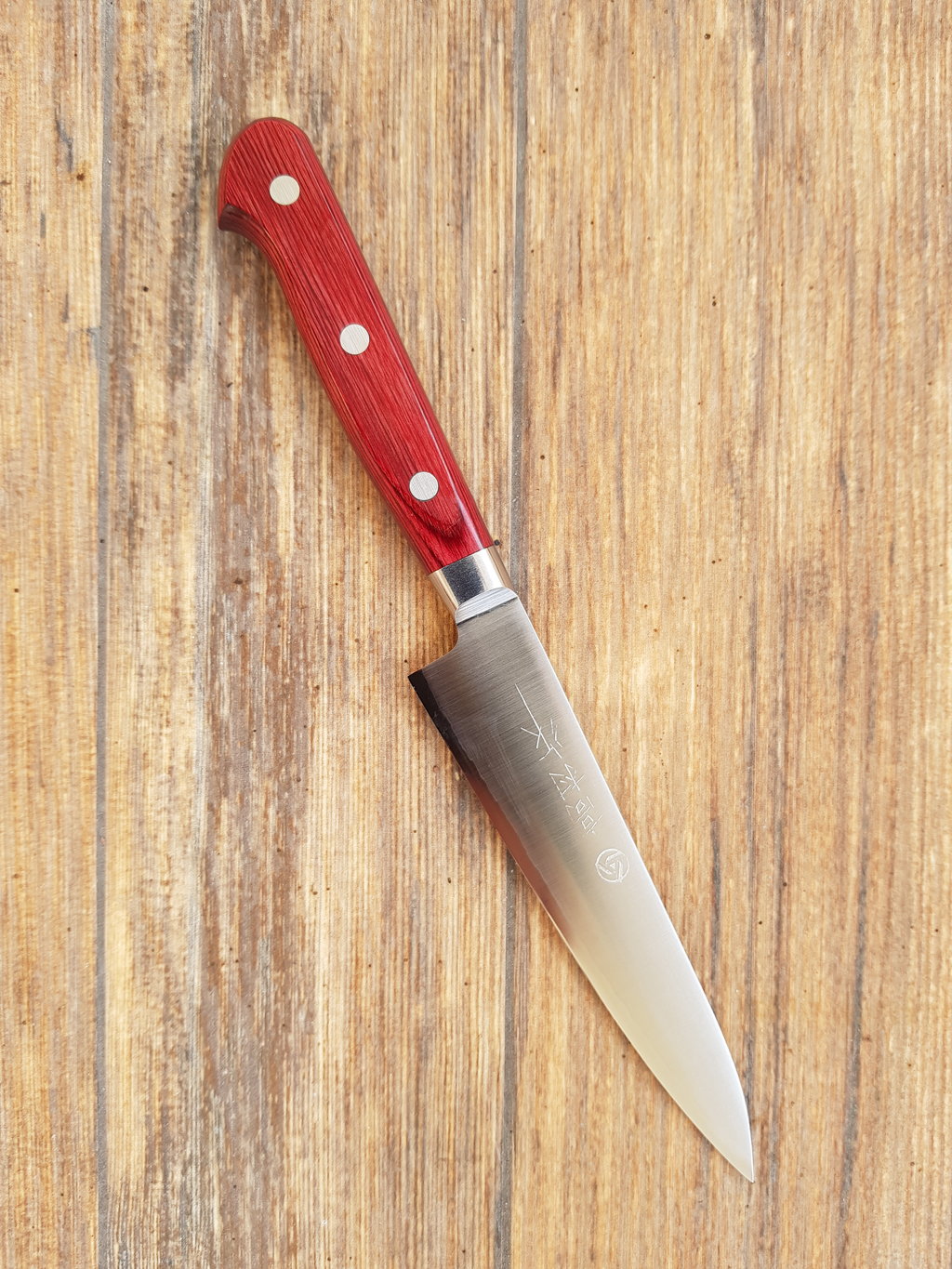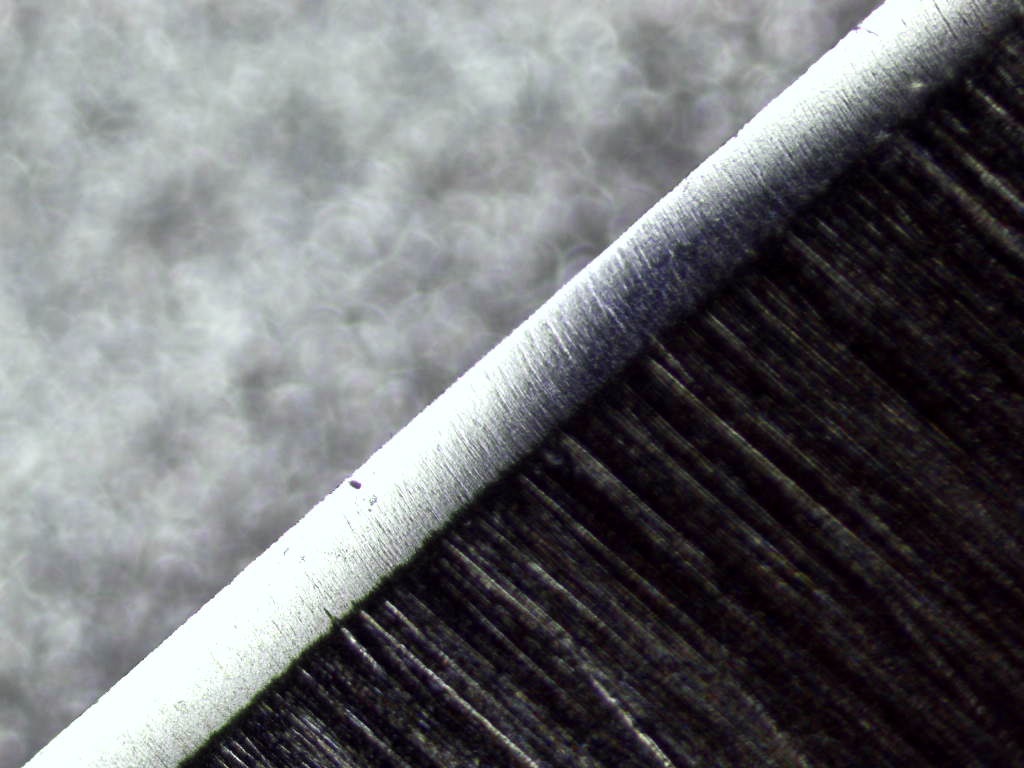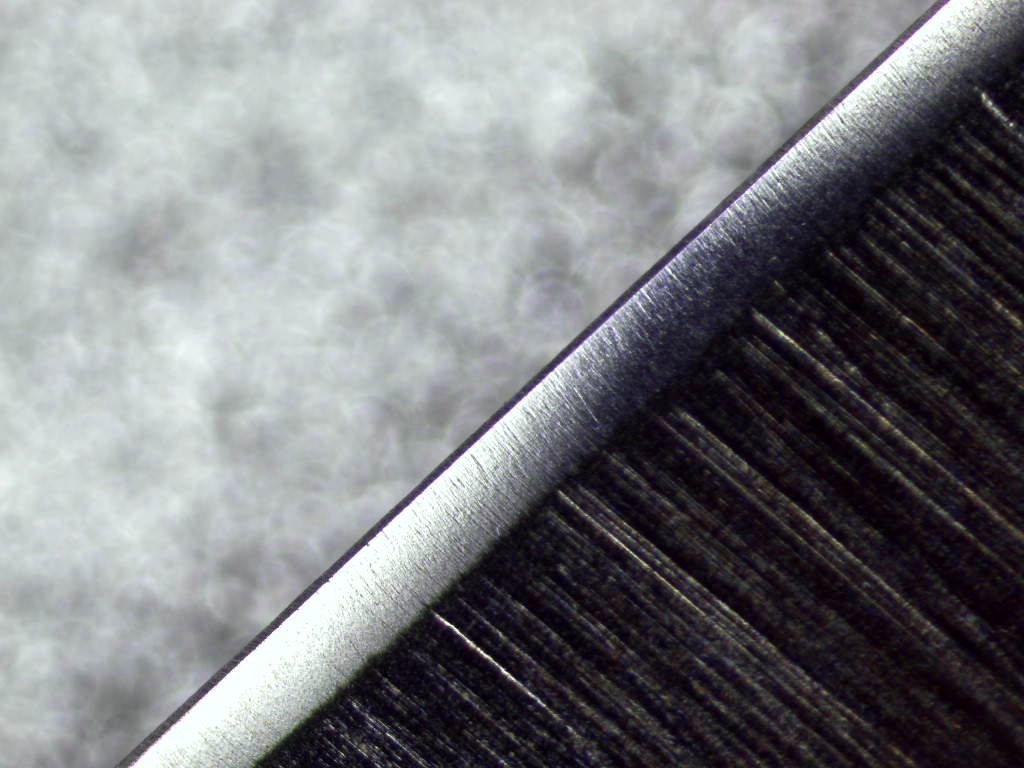I don't know if I would call it a downside. Its simply not what I would use it for. I wouldn't use it for applying a Kasumi finish either for example
Its just a tool wich can do some things better than a human could, holding the angle and pressure control.
Sure, but then the downside is that you need two seperate sharpening setups to maintain your knife, so it becomes less convenient.
It will essentially comes down to whether YOUR freehanding edge is adequate for YOUR use. If it isn't, you may want to consider a guided system for maintaining the very edge and developing a freehand technique to maintain the blade and accept the pfaffing around that goes with moving from one to the other. I've certainly considered using the Bogdan just out of curiosity, but my freehand edges are fine in my home kitchen. YMMV, especially if you work in a high volume prep envirommet and you find that the reports of increased edge retention with the Bogdan system are substatiated.
Guided systems are not going to work as well with sharpening approaches such as convex, although I guess they could put a microbevel on at the end.
FWIW, I have an EP Apex which is a good little device that taught me a lot about edges and gave me the confidence to start freehand sharpening. I no longer use it because:
1) It takes longer. Especially if I am sharpening each side at different angles.
2) It can't deal with some of my knives which I sharpen convex.
3) It doesn't deal with thinning, which I incorporate into every sharpening session that involves a medium or coarser stone.
4) I kinda get a kick out of freehand sharpening.
Once again, YMMV.







